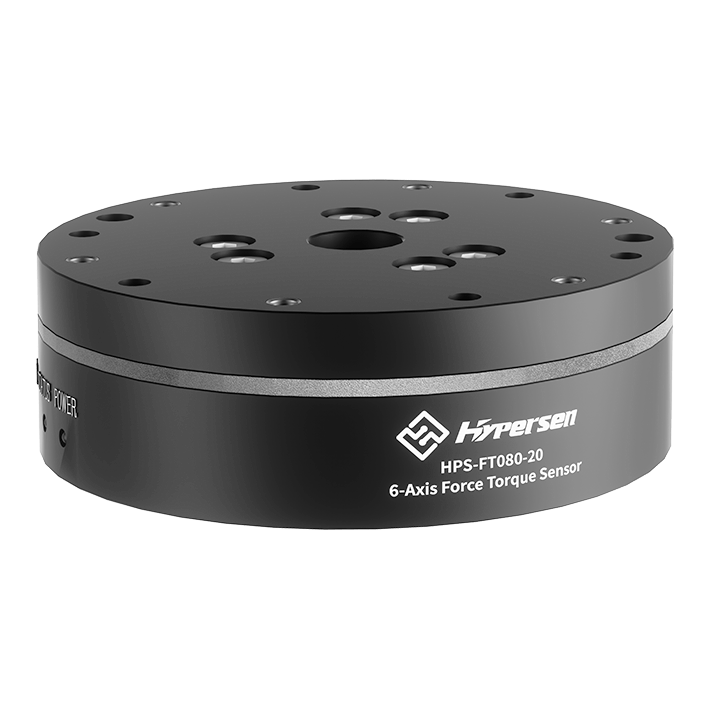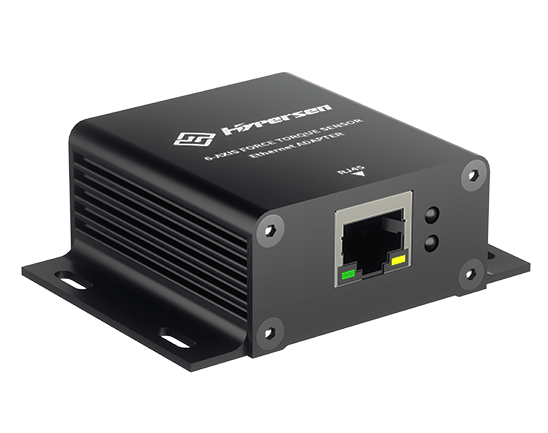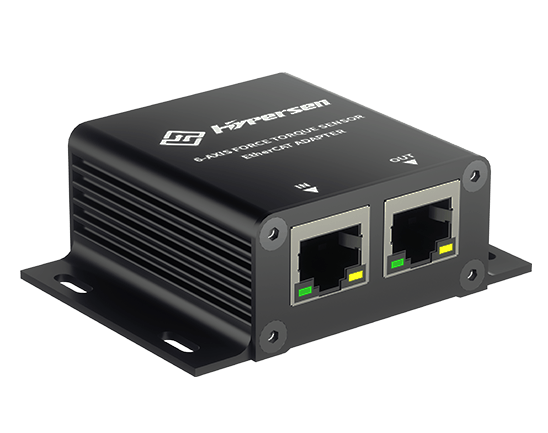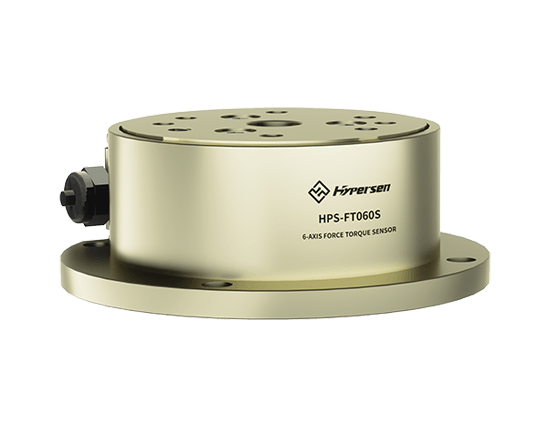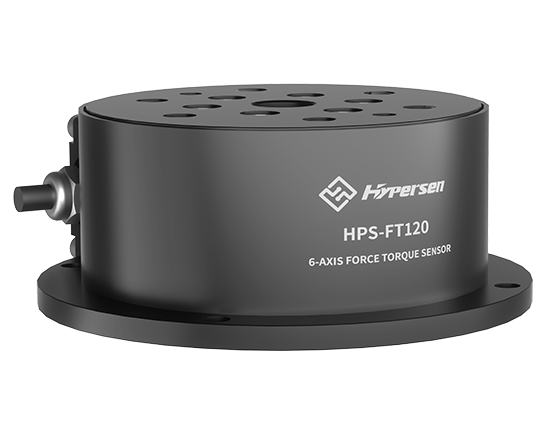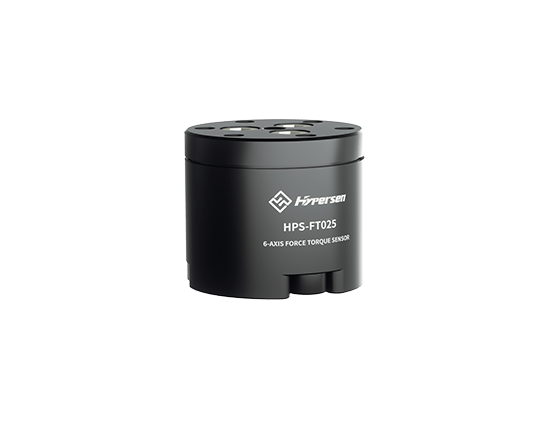Introduction: 6-axis force torque sensors can measure three force components and three torque components simultaneously, making them the most complete multi-dimensional force sensors. Humanoid robots are primarily composed of rotating joints, linear joints, control and sensing systems, dexterous hands, and other components. Therefore, the current trend in the application of six-axis force torque sensors in humanoid robots involves installing them in the wrists, ankles, and dexterous hands to assist in force perception and operation in these parts.
On June 14th at the Tesla 2024 shareholders meeting, Tesla CEO Elon Musk announced that humanoid robots would become the main force in the industry, and Tesla's factories are expected to deploy over one thousand or even several thousand humanoid robots next year.
Recently, Tesla showcased their second-generation humanoid robot, Optimus, which uses six-axis force torque sensors for force control in the wrists and ankles. Through these sensors, Optimus can perceive and adjust the interaction forces with the environment accurately, enabling it to autonomously perform complex tasks such as transporting objects and assembling components. The high precision and fast response rate of these sensors have enabled Optimus to perform exceptionally well in the factory and service environments, significantly improving task completion quality and efficiency.
The main purpose of designing and manufacturing humanoid robots is to interact with artificial tools and the environment to assist or even replace human production. In the industrial sector, humanoid robots can replace human labor in assembly lines, warehouse management, and fine operations, thereby improving production efficiency and reducing labor costs. In home services, medical rehabilitation, and public services. Humanoid robots can help humans complete daily tasks, thereby improving the quality of life. Achieving/enhancing compliant control is crucial to improve the ability of humanoid robots to navigate complex terrains and improve their human-machine compliant interaction ability.

Force feedback-based compliant control involves obtaining control signals from force sensors to control the motion of robots, allowing them to respond to changes in forces.

The 6-axis force torque sensor is a special force sensor that can measure the three axial forces and torques of an object in the Cartesian coordinate system. It is the most complete form of multi-dimensional force sensor. It provides robots with functions similar to human touch, enabling robots to perceive and adapt to changes in external environments, thereby completing more complex and fine tasks. As such, the 6-axis force torque sensor is the core component of robotic compliant control and operation.
The 6-axis force torque sensor typically works based on the strain effect, i.e., detecting the slight deformation caused by forces or torques using a strain gauge on an elastic body. The operation principle can involve the following aspects:
1. Strain effect: when a force or torque acts on an elastic body, changes in its shape lead to changes in the resistance of the strain gauge.
2. Signal conversion and amplification: the tiny resistance changes detected by the strain gauge are first amplified by a charge amplifier and converted into electrical signals before being further transformed into digital signals.
3. Data processing and decoupling: data collection is performed using a data acquisition system and converted into an analog-to-digital signal. The software algorithms in the control system then process the data, including decoupling algorithms, to separate forces and torques in each direction to ensure measurement accuracy.
4. Calibration: To ensure measurement accuracy, 6-axis force sensors require precise calibration and correction. This involves complex six-dimensional joint loading technology to ensure the sensor can accurately measure forces and torques in all six degrees of freedom.
Currently, the industry's consensus on achieving/enhancing the compliant control of humanoid robots is to install six-axis force sensors in the wrists, ankles, and dexterous hands to continuously detect the multi-dimensional interaction forces and torques between humanoid robots and their environment, ultimately playing a crucial role in motion control planning, posture adjustment, force perception, and other functions. By installing 6-axis force torque sensors, humanoid robots will be able to achieve higher-level autonomous operations, directly respond to instructions, and perform sophisticated tasks.
As a crucial component of humanoid robots, the key performance parameters of the 6-axis force torque sensor directly affect its operation efficiency. These key parameters include:
1. Sensitivity: Sensitivity determines the degree of response of the sensor to changes in force and torque. Sensors with high sensitivity can more accurately detect small force changes, which are particularly important for delicate operations.
2. Accuracy: Accuracy reflects the measurement accuracy of the sensor's output results. It includes the repeatability of the measurement results and the degree of proximity to the theoretical value. High-precision sensors can provide more reliable data, thereby improving the accuracy of robotic operations.
3. Crosstalk: Crosstalk is used to measure the coupling effect between the various measuring directions of the multi-dimensional force sensor. Low crosstalk can reduce the mutual interference between different measuring directions, improving measurement accuracy.
4. Nonlinearity: Nonlinearity of force sensors refers to the characteristic where the output signal of the force sensor is not linear with the actual input force. In ideal conditions, the output signal of the force sensor is proportional to the input force, meaning the relationship between the output signal and input force can be represented by a straight line.
5. Hysteresis: Hysteresis refers to the difference in the output signal of the sensor during loading and unloading, affecting the consistency of measurement results.
6. Zero drift: Zero drift stability refers to the stability of the output signal of the sensor when no external force is applied, influencing the reliability of the sensor during prolonged operation.
7. Resolution: Resolution is the minimum force or torque change that the sensor can detect, which is particularly important for fine operations.
8. Overload capacity: Overload capacity refers to the ability of the sensor to withstand forces beyond its rated range without damage.
9. Temperature drift: Temperature drift refers to the changes in the output signal of the sensor caused by temperature changes. Low temperature drift can ensure sensor stability in different temperature environments.
10. Dynamic response: Dynamic response determines the sensor's ability to track forces and torques that change rapidly, which is essential for applications that require rapid response.
These parameters jointly determine the performance of the 6-axis force torque sensor, thereby affecting the flexibility, stability, and accuracy of humanoid robots when executing tasks. Therefore, matching and selecting the 6-axis force torque sensor's performance with specific parts' functionality during the design and manufacturing process is a critical step for robot manufacturers.
【Hyperen HPS-FT Series 6-axis Force Torque Sensor】
Hypersen's HPS-FT series six-axis force sensors have exhibited excellent performance and wide-ranging applications in various industry fields since their first release in 2016. Hebieisen has continuously invested in research and development and iteratively optimized their products through new material applications, technological innovation, and software upgrades, taking advantage of the extensive product application experience brought by market expansion. The pioneering HPS-FT080 was recently successfully launched, which is widely acclaimed by the market.

【Key Technical Difficulties and Solutions:】
1) High-precision torque measurement
The six-axis force sensor needs to simultaneously measure force and torque in multiple degrees of freedom, with stringent precision requirements. Hypersen selects high-sensitivity and high-linearity strain gauge materials, optimizes the layout, and separates forces and torques in each direction effectively, reducing the coupling effect. Through advanced manufacturing processes, Hypersen ensures secure bonding between the strain gauges and the elastic body, improving measurement accuracy.
2) Low temperature drift and zero drift stability
Temperature changes significantly affect the sensor's output signal, requiring stable output signals across a wide temperature range.
Hypersen integrates a high-precision temperature compensation algorithm inside the sensor and uses materials with thermal stability to ensure stable sensor output at different temperatures. Hypersen also reduces the impact of temperature drift on measurement accuracy through rigorous temperature testing and optimizations.
3) High dynamic response and shock resistance
The sensor needs to respond to changes in forces and torques rapidly and be shock-resistant.
Hypersen uses high-rigidity materials and introduces vibration reduction technology in the structural design, enhancing the sensor's shock resistance. Through signal processing circuit optimizations, Hypersen ensures that the sensor has a high dynamic response ability to quickly track changes in forces and torques.
4) Low crosstalk and high linearity
Crosstalk between the various measuring directions of the multi-dimensional force sensor can decrease measurement accuracy.
Hypersen adopts an advanced structural decoupling design, high-performance embedded microprocessors, and complex compensation algorithms, minimizing the coupling effect and ensuring high linearity and low crosstalk.
5) High resolution and sensitivity
High resolution and sensitivity are the core performance indicators for 6-axis force torque sensors, determining whether the sensor can detect small force and torque changes.
Hypersen uses high-gain, low-noise signal processing circuits and continuously optimizes the strain gauge materials and structure to ensure that the sensor has high sensitivity and high resolution.
6) Overload protection and long-life design
During use, the sensor inevitably encounters forces beyond the rated range, requiring strong overload protection.
Hypersen enhances the sensor's overload protection with optimized elastic body structure and advanced force transmission path design. The selection of durable materials and improved manufacturing processes ensures the sensor's long-term reliability and service life.
Industry Applications:
Hypersen's HPS-FT series 6-axis force torque sensors have exhibited outstanding performance and broad applications across multiple industry fields:
- In industrial production lines, 6-axis force torque sensors help industrial robots achieve precise assembly, welding, and lifting tasks. The real-time force feedback data provided by the sensor enables robots to accurately control force and position, improving production efficiency and product quality.
- In collaborative robots, 6-axis force torque sensors ensure that robots can sense and respond to changes in external forces while performing tasks, guaranteeing safety and operational flexibility.
- 6-axis force torque sensors are used in joint parts of exoskeleton robots in medical rehabilitation and assistance fields, providing force feedback data to aid patients in precise rehabilitation training and increase mobility.
- In rehabilitation therapy, 6-axis force sensors monitor and control the operating force of rehabilitation robots, ensuring the safety and effectiveness of the therapy process and providing personalized rehabilitation programs.
- 6-axis force sensors are applied in flexible grippers and robot joints for fine grasping and handling of workpieces in automated production lines, adapting to various complex working conditions.
- In measurement and control systems, 6-axis force torque sensors are used to accurately measure multi-dimensional force and torque to provide high-precision data support for wind tunnel tests, laboratory research, etc.
6-axis force torque sensors are at the core of technological progress in humanoid robots. Through precise measurement of forces and torques, these sensors endow robots with higher operational precision and agility. The dynamic response capability of these sensors provides robust technical support for robots to perform complex tasks. Therefore, they are indispensable components in realizing robotic intelligence and automation.
In conclusion, with continued research and development efforts and continuous technological breakthroughs, Hypersen's HPS-FT series six-axis force sensors will further excel in their miniaturization, intelligence, and high cost-performance, promoting their wider application in various fields. They will exhibit more outstanding performance in human-machine compliant interaction scenarios and improve adaptability, reliability, and innovation in humanoid robot development and intelligent manufacturing.
As a leading high-end smart sensor enterprise in China, Hypersen Technology (Shenzhen) Co., Ltd. focuses on technical innovation and exploration in high-performance industrial sensors. With comprehensive technology integration in optics, machinery, electricity, and algorithms, Hypersen provides products including 3D optical profilometer sensors, 3D line confocal sensors, chromatic confocal sensors, 6-axis force torque sensors, laser tool setter, high-speed industrial cameras, and laser cross beam sensors.
